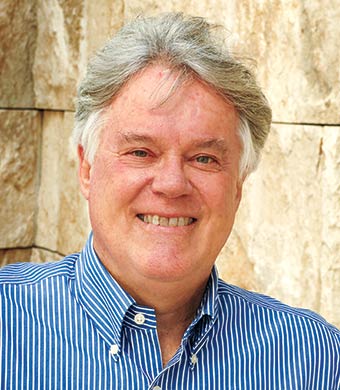When in Rome

This is Jeff Cody’s reality. He is among 29 scholars and artists to win the 2016 Rome Prize, awarded by the American Academy in Rome. From January to July he’ll live and work alongside fellow scholars and artists in a villa overlooking the city.
There Cody will study the work of Saverio Muratori, who helped develop the theories and processes for urban architectural conservation as Italy rebuilt its cities following World War II. Few scholars outside of Italy have studied Muratori.
Cody is a senior project specialist at the Getty Conservation Institute in Los Angeles, where he leads training programs in conservation for architects and city planners, helping them to be “sensitive stewards of fragile urban fabric,” he says. His trainings take place primarily in Southeast Asia.
Cody first learned about Muratori while co-editing a forthcoming Getty anthology on urban conservation. He plans to spend his time in Rome studying Muratori’s theories, visiting the architect’s own built work, interviewing Italian architects and educators and writing about what he learns. He’ll carefully examine the architect’s major 1959 study of Rome. He’ll also visit architectural landmarks, comparing the view today with that observed by Muratori 50 years ago. In addition, he’ll travel throughout Italy, including to Modena, which houses an archival collection of Muratori’s papers.
